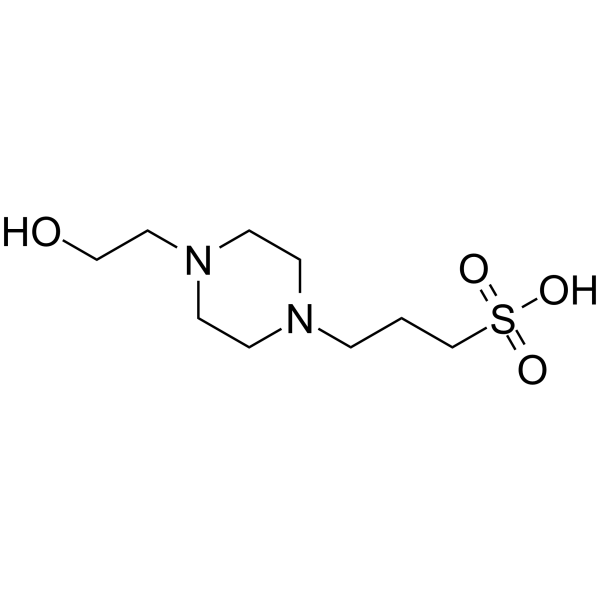| 结构式 | 名称/CAS号 | 全部文献 |
|---|---|---|
 |
4-(2-羟乙基)-1-哌嗪丙磺酸(HEPPS)
CAS:16052-06-5 |
|
 |
4-羟乙基哌嗪乙磺酸
CAS:7365-45-9 |
|
 |
吗啉乙磺酸
CAS:4432-31-9 |